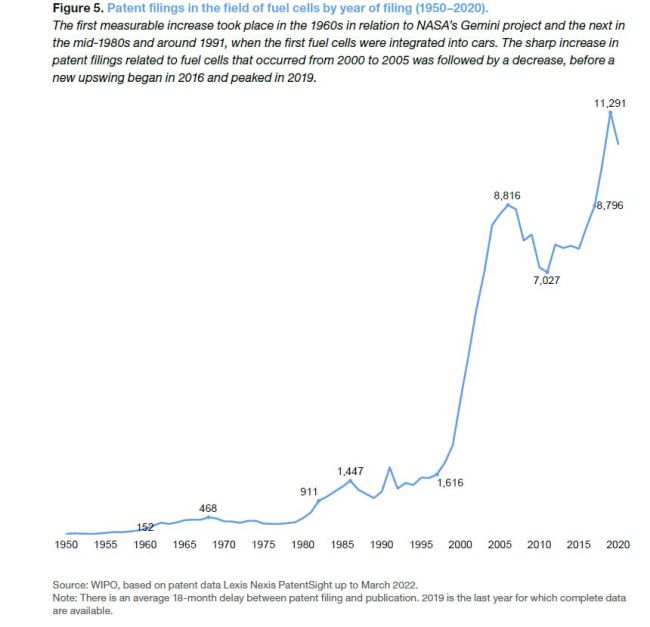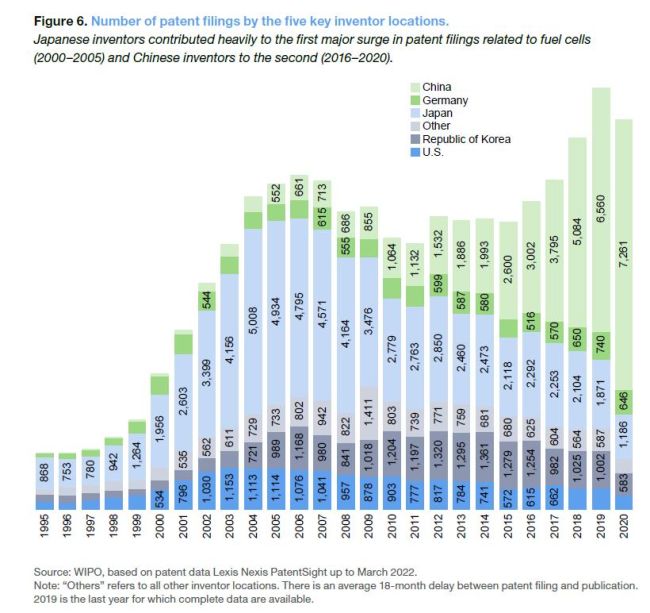With electric passenger vehicles dominating automotive news, it is easy to forget that the development of hydrogen fuel cell vehicles remains a key component of automotive decarbonization efforts, particularly for heavy-duty vehicles requiring a higher energy density than is typically provided by batteries alone. Development of fuel cell vehicles has been slow, largely due to a combination of high fuel cell manufacturing costs, a lack of hydrogen refueling infrastructure, and the high cost and low production of green hydrogen (hydrogen produced using renewable energy). But with manufacturing costs expected to decrease with scale, and infrastructure expected to increase with adoption, companies continue to invest heavily in fuel cell technology.
In the short term, particularly promising are combination battery electric/hydrogen fuel cell vehicles, which use the fuel cell to charge the battery and thereby increase vehicle range. U.K. based Tevva recently announced the launch of a battery electric/hydrogen fuel cell truck with a range of 500 km (310 miles). Last month, Volvo Trucks reported that it will offer electric/ fuel cell trucks later this decade, with a range of up to 1000 km (621 miles), using fuel cells manufactured by Cellcentric, a joint venture with Daimler Truck that was established in early 2021.
In fact, according to a recent report of the World Intellectual Property Organization (WIPO), patent applications on fuel cells are experiencing a third surge, with filings surpassing those that occurred in the mid-1980s and early 2000s.

China, Japan, and Germany lead the world in the origination of patent applications directed to the technology.

Key takeaways from WIPO's report include:
- The top 30 players in fuel cells in transport accounted for 40 percent of the patent dataset, and their involvement encompasses not only specific end-products, but also the manufacturing of core elements.
- Unlike in the electric vehicle space, new players are competing with top-ranked players of recent years, with several small companies being among top patent filers.
- Fuel-cell vehicle patent filings from university and research institutions have grown in the last few years, with Chinese universities being particularly active in the field (top filers being the Chinese Academy of Sciences, Tsinghua University, and Jilin University).
- A majority of fuel cell patent applications are directed to proton-exchange membrane (PEM) fuel cells, the same type typically used in automotive applications.
If patent filings are any indication, both established players and newcomers in the automotive industry agree with WIPO's analysis that hydrogen fuel cells are "a viable solution to decarbonizing a transportation sector currently responsible for one-quarter of direct CO2 emission from combustible fuel."
The content of this article is intended to provide a general guide to the subject matter. Specialist advice should be sought about your specific circumstances.

